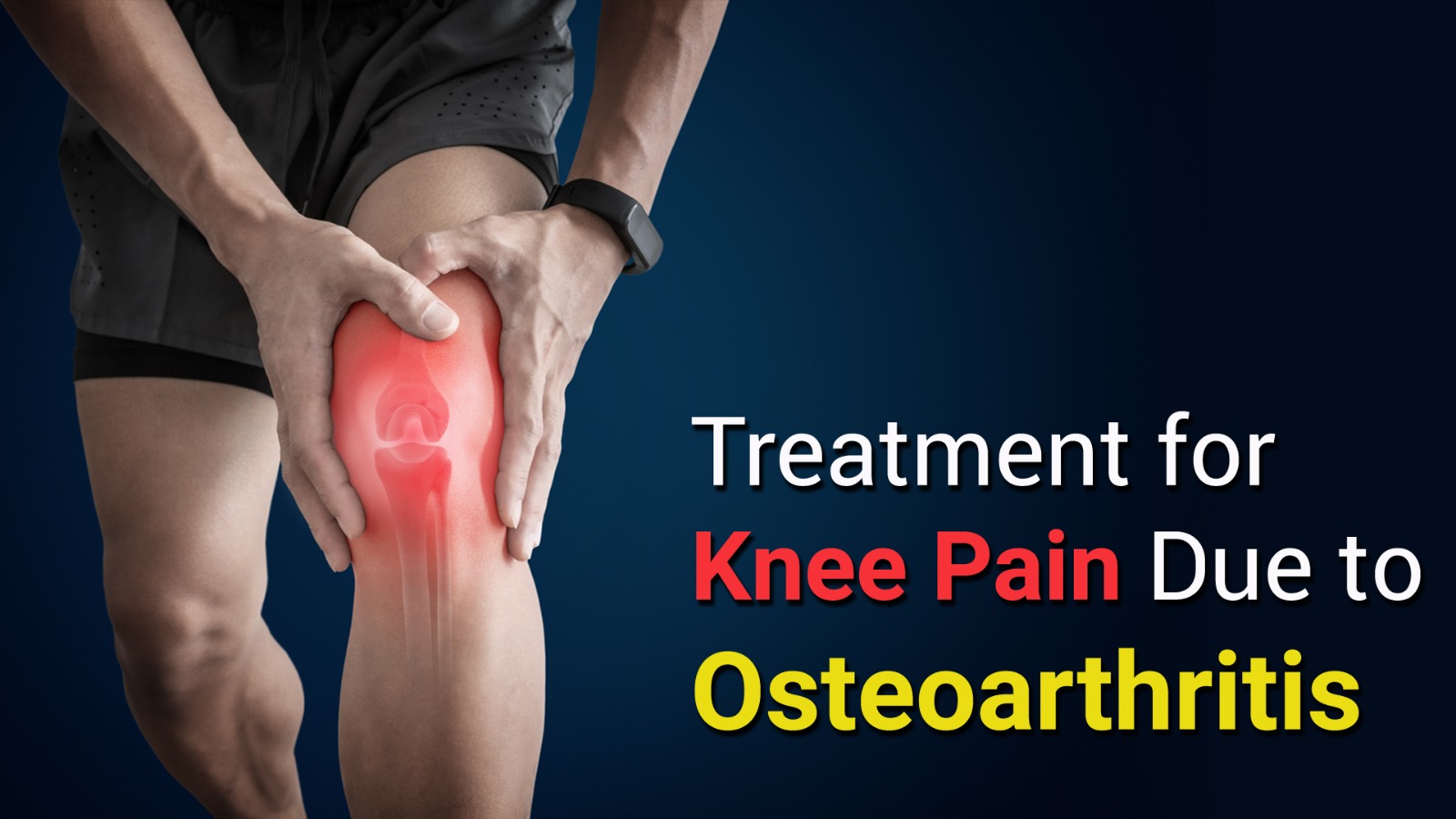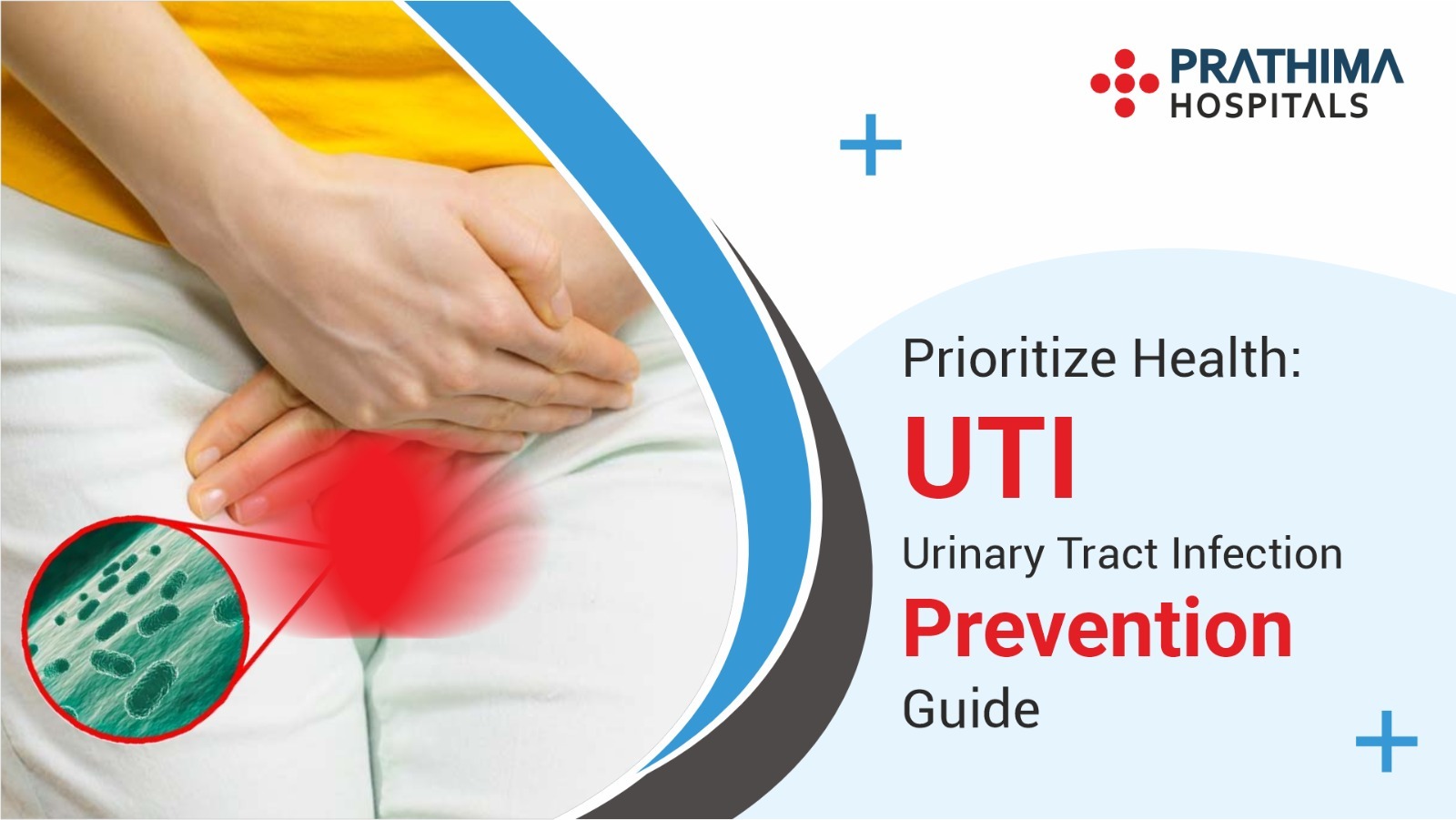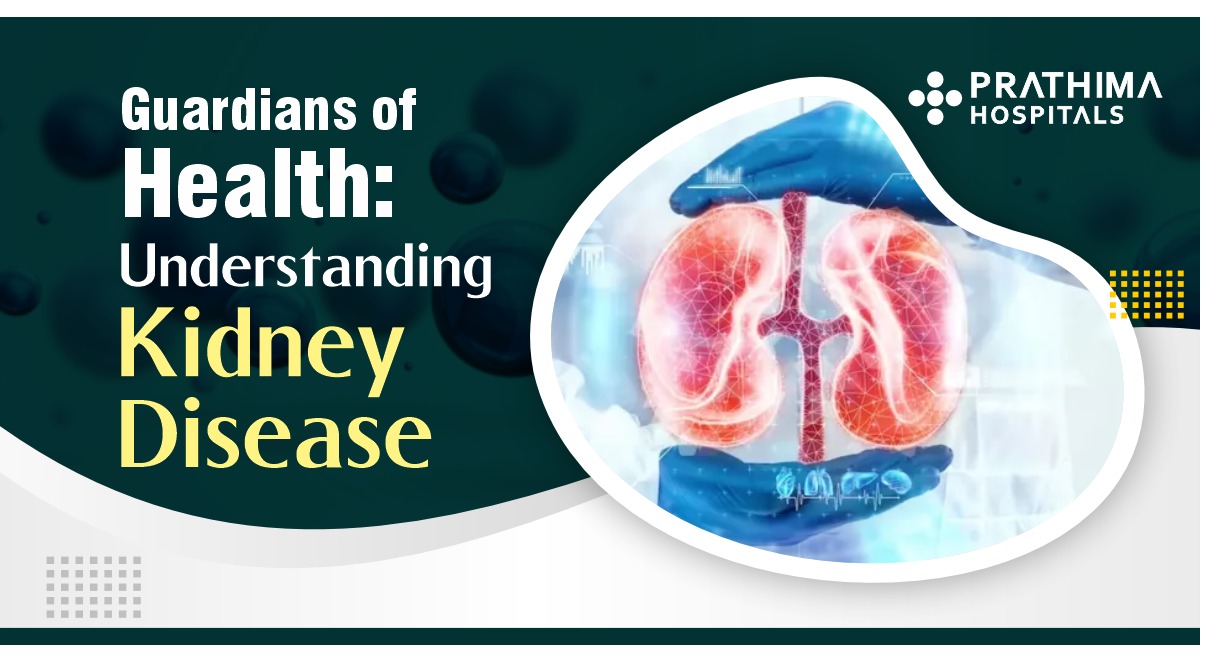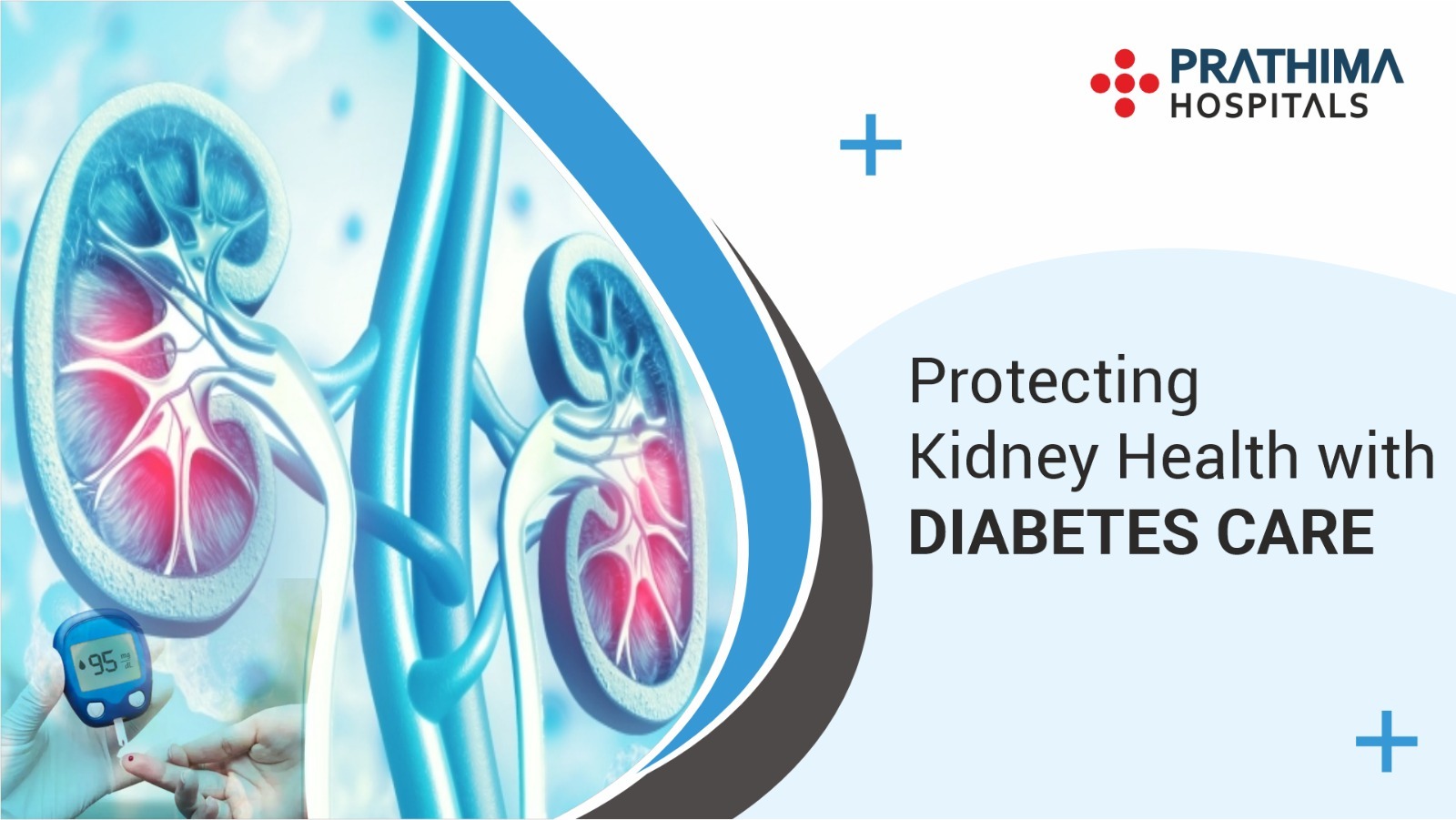“Comprehensive Treatment Approaches for Knee Pain and Osteoarthritis”

Osteoarthritis and Knee Pain Treatment
Introduction:
Knee pain and osteoarthritis (Knee OA) are common conditions that affect a significant portion of the population, particularly older adults. According to the Best Orthopedician in Hyderabad, Knee OA is a degenerative joint disease characterized by the gradual breakdown of cartilage in the knee joint, leading to pain, stiffness, swelling, and reduced mobility. Effective treatment strategies for knee pain and osteoarthritis involve a combination of non-pharmacological and pharmacological interventions, as well as surgical options. This article aims to explore various treatment approaches for knee pain and osteoarthritis, emphasizing their efficacy, benefits, and potential side effects.
Non-Pharmacological Treatment Options
-
Weight Management: Maintaining a healthy weight is essential for managing knee pain and reducing stress on the joint. Excess weight places additional pressure on the knee, accelerating cartilage degeneration. A balanced diet and regular exercise can contribute to weight loss and alleviate knee pain.
-
Physical Therapy: Physical therapy plays a vital role in knee pain management and osteoarthritis treatment. A physical therapist can design a personalized exercise program focusing on strengthening the muscles surrounding the knee joint, improving flexibility, and enhancing joint stability. Physical therapy can also guide proper body mechanics and recommend assistive devices such as knee braces or orthotics to reduce pain and improve mobility.
-
Low-Impact Exercise: Engaging in low-impact exercises helps to improve knee function without putting excessive strain on the joint as said by the Best Ortho specialist in Kukatpally. Activities such as swimming, cycling, and walking promote joint mobility, strengthen supporting muscles, and reduce pain. It is important to consult with a healthcare professional or physical therapist to determine the appropriate exercise regimen based on individual needs and limitations.
-
Heat and Cold Therapy: Applying heat or cold to the affected knee can offer temporary pain relief. Heat therapy, using warm towels or heating pads, helps to relax muscles, increase blood circulation, and reduce stiffness. With cold therapy, the inflammation can be reduced and the area numb, reducing pain. Alternating between heat and cold therapy can also be beneficial for some individuals.
-
Assistive Devices: Assistive devices such as canes, crutches, or walkers can provide support and stability while walking, reducing pressure on the knee joint. Additionally, using shoe inserts or cushions can help distribute weight evenly and decrease pain, particularly for individuals with osteoarthritis affecting one side of the knee more than the other.
Pharmacological Treatment Options
-
Analgesics: Over-the-counter pain relievers such as acetaminophen (Tylenol) can help alleviate mild to moderate knee pain. Analgesics provide temporary relief without addressing the underlying cause of knee pain or osteoarthritis. However, they can be useful for individuals who cannot tolerate NSAIDs or those seeking non-prescription options.
-
Nonsteroidal Anti-Inflammatory Drugs (NSAIDs): NSAIDs such as ibuprofen (Advil, Motrin) and naproxen (Aleve) are commonly used to reduce pain and inflammation associated with knee OA. These medications help manage symptoms and improve joint function. However, long-term use of NSAIDs should be monitored closely due to potential gastrointestinal issues and an increased risk of cardiovascular events. It is important to consult with a healthcare professional before using NSAIDs regularly.
-
Topical Medications: Topical NSAIDs, creams, or gels can be applied directly to the knee joint to provide localized pain relief. These medications offer a targeted approach with a lower risk of systemic side effects associated with oral NSAIDs. However, they may not be as effective for individuals with deep-seated joint pain or severe osteoarthritis.
-
Intra-Articular Injections: Injections can be used to deliver medication directly into the knee joint to reduce pain and inflammation. Corticosteroid injections are commonly administered and can provide significant short-term relief. However, repeated corticosteroid injections may lead to adverse effects such as cartilage damage or joint infection. Hyaluronic acid injections, also known as viscosupplementation, can help lubricate the joint, improve shock absorption, and reduce pain. These injections are most effective for individuals with mild to moderate knee OA who do not respond adequately to other treatments.
-
Platelet-Rich Plasma (PRP) Therapy: PRP therapy involves using a patient’s blood, which is processed to concentrate platelets and growth factors. The platelet-rich plasma is then injected into the knee joint, promoting tissue healing and reducing pain. Although PRP therapy shows promising results, more research is needed to establish its long-term efficacy and determine the appropriate candidates for this treatment.
Surgical Interventions
Surgical interventions play a crucial role in the treatment of knee pain and osteoarthritis (Knee OA) when non-surgical options have not provided sufficient relief or when the joint damage is severe. The following are the main surgical interventions commonly used for knee pain and osteoarthritis:
-
-
Arthroscopy: Arthroscopy is a minimally invasive surgical procedure that involves the insertion of a small camera called an arthroscope, along with surgical instruments, into the knee joint through small incisions. This allows the Best Orthopedician in Kachiguda, to visualize the joint structures and perform various procedures to address specific knee conditions. Arthroscopy can be useful for diagnosing the source of knee pain, removing loose fragments, repairing or removing damaged cartilage, and smoothing rough joint surfaces. However, its benefits for osteoarthritis treatment are still debated, and it is not typically recommended as a primary treatment for knee OA.
-
Osteotomy: Osteotomy is a surgical procedure that involves repositioning or reshaping the bones around the knee joint to relieve pain and improve joint function. It is generally considered for younger patients with knee OA who have specific deformities or misalignment, such as bow-leggedness (varus deformity) or knock-knees (valgus deformity). By realigning the bones, osteotomy can shift the weight-bearing load away from the damaged part of the knee, reducing pain and slowing down the progression of osteoarthritis. This procedure can help delay the need for total knee replacement, particularly in patients with localized joint damage. However, osteotomy does not stop the progression of osteoarthritis, and its success depends on careful patient selection and appropriate surgical technique.
-
Total Knee Replacement (Total Knee Arthroplasty): Total knee replacement is a major surgical procedure performed when conservative treatments have failed to provide adequate pain relief and functional improvement. It involves removing the damaged surfaces of the knee joint and replacing them with artificial components made of metal and plastic. The surgery includes resurfacing the end of the femur (thigh bone), tibia (shin bone), and sometimes the patella (kneecap) with prosthetic implants. The prosthetic components mimic the natural shape and function of the knee joint, allowing for improved joint stability and reduced pain. Total knee replacement can significantly improve quality of life by relieving pain, restoring mobility, and enhancing overall function.
-
The procedure typically involves the following steps:
-
Implant Placement: The artificial components are attached to the prepared bone surfaces using bone cement or press-fit techniques. The femoral and tibial components are connected with a plastic spacer to allow smooth joint movement.
-
Patellar Resurfacing (optional): If necessary, the back surface of the patella is also resurfaced with a plastic button-like component to improve patellar tracking and reduce pain.
-
Joint Stability and Alignment: The Best Orthopedic doctor in KPHB, ensures proper alignment, joint stability, and appropriate tension of the surrounding soft tissues to optimize function and reduce the risk of complications.
-
Closure: The incisions are closed, and a sterile dressing is applied.
Recovery after total knee replacement involves a period of rehabilitation and physical therapy to regain strength, mobility, and function. It may take several weeks to several months to fully recover and return to normal activities, depending on individual factors such as overall health, age, and adherence to rehabilitation protocols.
Total knee replacement has a high success rate, with most patients experiencing significant pain relief and improved functionality. However, as with any surgical procedure, there are risks involved, including infection, blood clots, stiffness, implant wear, and joint instability. It is essential to have a thorough discussion with an orthopaedic surgeon to understand the potential risks and benefits specific to an individual’s case.
Conclusion:
Knee pain and osteoarthritis (Knee OA) can significantly impact an individual’s daily life and mobility. Treating knee pain and managing osteoarthritis effectively requires a comprehensive approach that combines non-pharmacological strategies, pharmacological interventions, and, in some cases, surgical options. Weight management, physical therapy, low-impact exercises, and assistive devices can provide significant relief and improve knee function. Pharmacological treatments such as analgesics, NSAIDs, and intra-articular injections can help reduce pain and inflammation. Surgical interventions, including arthroscopy, osteotomy, or total knee replacement, are considered for individuals with severe symptoms and functional limitations. It is essential to consult with a healthcare professional to determine the most suitable treatment plan based on an individual’s specific needs, the severity of knee pain or osteoarthritis, and other relevant factors. By combining these approaches, individuals can effectively manage knee pain, slow down disease progression, and improve their overall quality of life.
.
.
.
.
.
For more details:
📞:: 733 733 6600 | 040 4345 4345
🌐:: https://prathimahospitals.com/book-appointment/





